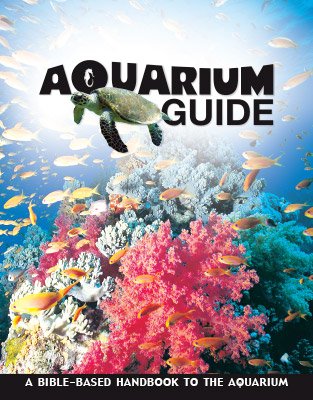Whelk
The whelk uses its radula (a tongue-like feature with rows of teeth) to bore a hole into the shell of its prey to reach the protected flesh.
Design

The whelk uses its radula (a tongue-like feature with rows of teeth) to bore a hole into the shell of its prey to reach the protected flesh. It then sucks out the flesh.
Features
- A whelk is generally light gray to tan, often having brown and white streaks.
- The thick-lipped, spiral shell has an uneven surface with many protrusions. The shell coils in a right-hand direction and has a long siphonal canal.
- The shape of the whelk depends on the waves that impact the creature.
- The whelk has a large, muscular foot with which it holds its victim.
Fun Facts
- The color of the whelk depends on the foods that it eats.
- Whelk egg masses, resembling clumps of puffed rice, are commonly found on beaches in early summer.
- The whelk is one of the most common rocky-shore gastropods in temperate regions.
CLASS: Gastropoda (gastropods, slugs, and snails)
ORDER: Sorbeoconcha
FAMILY: Muricidae, Buccinidae, and Melongenidae
SPECIES: About 15 species
Size: From 1 in (2.5 cm) up to 16 in (41 cm)
Depth: Up to 160 ft (48 m)
Diet: Oysters, clams, mussels, and scallops
Habitat: Rocky shores of northwestern and northeastern Atlantic coasts
Aquarium Guide
With fun facts about more than 100 animals, this long-awaited Aquarium Guide includes beautiful pictures and reveals the incredible facts and design features that point to our amazing Creator. This handy size guide is excellent for school field trips and family trips to your favorite aquarium!
Browse Kids Book- © 2024 Answers in Genesis
- Privacy Policy
- Contact
- About

